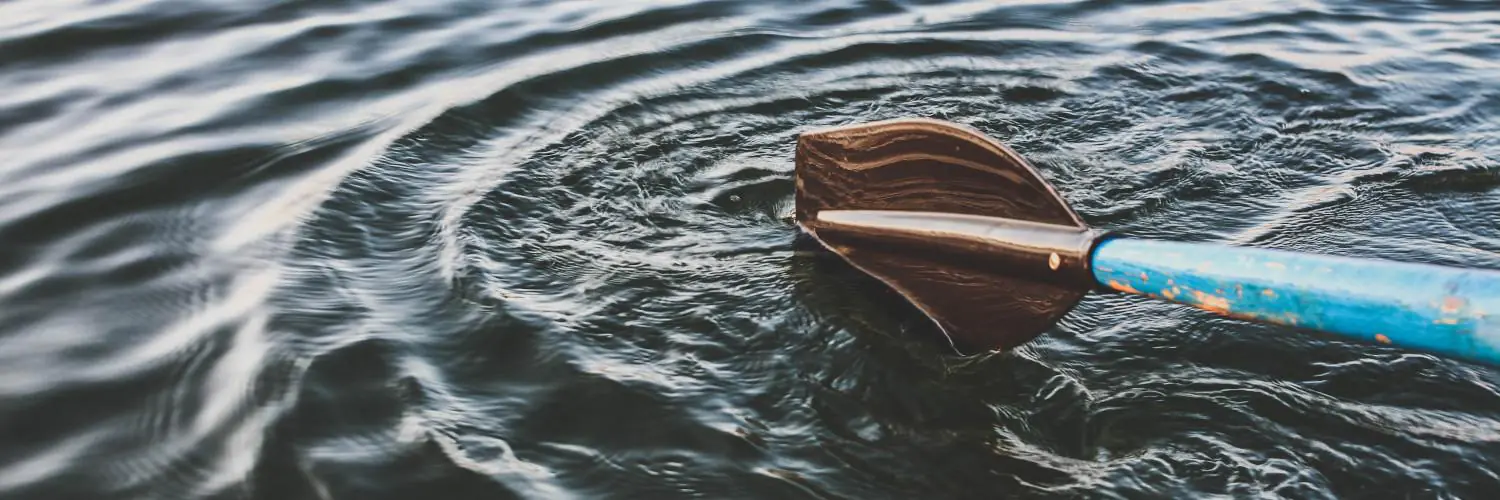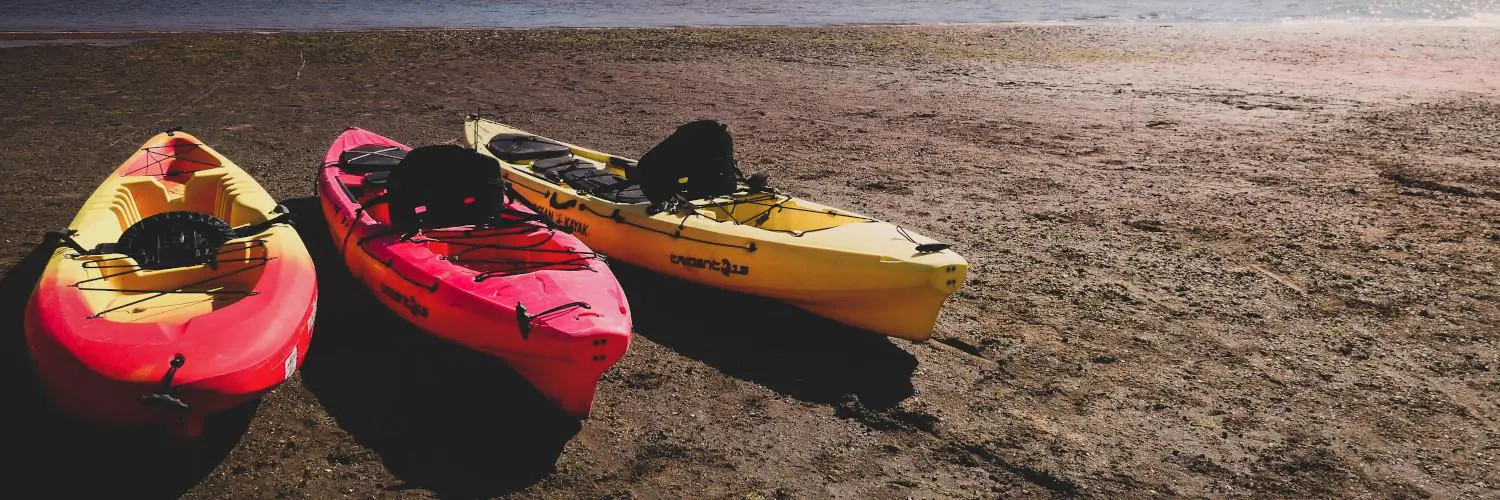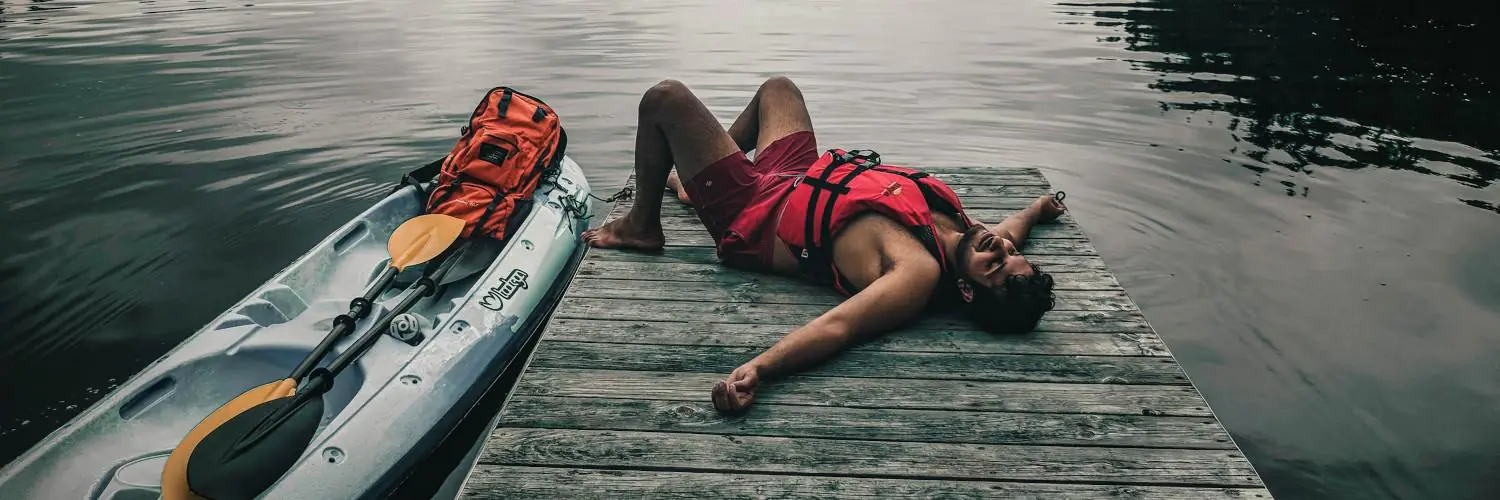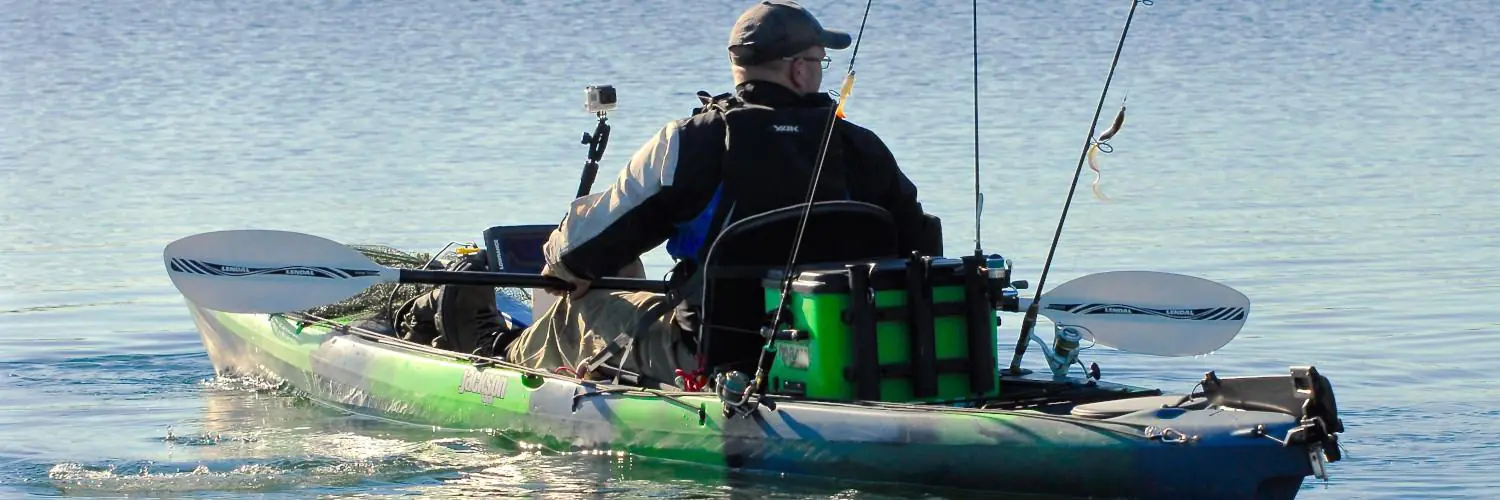Kayakers often face challenges when launching their boats, especially in areas with high banks or muddy shorelines. A DIY kayak launch can solve these problems and enhance the overall kayaking experience.
Building a homemade kayak launch is a practical and cost-effective solution that allows for easier and cleaner boat entry.
Many kayakers choose to create their own launches using simple materials and designs. A basic ramp is one of the easiest structures to build, providing a smooth transition from land to water.
DIY kayak launches not only improve access to waterways but also help protect shorelines from erosion caused by repeated boat entries.
By constructing a personal kayak launch, paddlers can avoid rental fees and enjoy the satisfaction of using their own custom-built structure. This project is both rewarding and functional, making it an appealing option for kayak enthusiasts looking to improve their water access.
Table of Contents
Planning and Design Considerations
A well-planned kayak launch makes getting on the water safe and easy. Key factors include picking a good spot, understanding water conditions, and building a sturdy structure.
Selecting the Right Location
Choose a calm, sheltered area for your kayak launch. Stay away from spots with fast currents or lots of boat traffic.
Look for a gentle slope into the water. This makes it easier to slide kayaks in and out.
Pick a place that’s easy to get to from land. Make sure there’s enough room for people to move around with their gear.
Consider how the water level changes throughout the year. You want your launch to work in different conditions.
If you have waterfront property, look for a natural entry point. This can save time and effort in construction.
Understanding Water Depth and Accessibility
Water depth affects how you design your launch. Deeper water lets you use a shorter ramp. Shallow areas may need a longer structure to reach usable depths.
Check the bottom for rocks or mud that could cause problems.
Think about who will use the launch. If it’s just for you, a simple design might work. For public use, plan for wider access. Include features like handrails for added safety.
Make sure the surface isn’t slippery when wet.
Consider how far out the launch needs to extend. This depends on the shoreline and water depth. A longer launch may be needed for very shallow or muddy areas.
Designing for Safety and Durability
Build your launch to last. Use treated wood or plastic lumber that can handle being in water. Make sure all parts are securely fastened, as rough water can put stress on the structure.
Add non-slip surfaces to prevent falls. This could be textured boards or rubber mats.
Include cleats or tie-down points to secure kayaks while loading.
Plan for changing water levels. A floating dock section can rise and fall with the water. This keeps the launch usable year-round.
Think about storage, too. Built-in racks can hold paddles and life jackets, keeping gear organized and dry.
Regular checks and maintenance keep your launch safe. Replace any damaged parts quickly and clean off algae or slime that could make surfaces slippery.
Tools and Materials
Building a DIY kayak launch needs the right tools and materials. Picking good quality items will make the job easier and last longer.
Essential Building Tools
A drill is a must-have for any kayak launch project. It helps make holes for screws and attach parts together.
A saw is also key for cutting wood to the right size. You’ll need a tape measure to get correct lengths.
A level helps keep everything straight. Don’t forget safety gear like gloves and goggles.
Other useful tools include:
- Hammer
- Screwdriver set
- Wrench set
- Pliers
Choosing Quality Materials
Treated lumber is best for a kayak launch since it resists water damage. 2x4s and decking boards are common choices.
Use galvanized screws and nails to avoid rust. Plywood can work for some parts, but make sure it’s marine-grade.
For extra durability, consider:
- PVC pipe for rollers
- Metal brackets for support
- Galvanized piping for handrails
Pick materials that can handle being in and near water. This will help your kayak launch last longer and stay safe to use.
Construction Steps
Building a homemade kayak launch requires careful planning and execution. The process involves creating a sturdy frame, adding a non-slip surface, and putting it all together.
Building the Frame
Start by cutting two 2×4 boards to 8 feet long for the main rails. Cut three 2-foot pieces for cross supports.
Place the long boards parallel, 2 feet apart. Attach the cross supports at both ends and the middle using wood screws.
Add U-shaped brackets on top of the frame. Space them evenly, about 2 feet apart. These will hold your kayak in place during launch.
Reinforce the frame by adding diagonal braces between the cross supports. This improves stability and strength.
Creating a Non-Slip Surface
Choose marine-grade plywood for the top surface. Cut it to fit the frame size.
Sand the plywood smooth to prevent splinters.
Apply a coat of waterproof sealant to protect the wood. Let it dry completely.
Mix sand with paint to create a non-slip texture. Apply this mixture to the plywood surface. Use long, even strokes for consistent coverage.
Allow the non-slip coating to dry for 24 hours before handling.
Assembling the Launcher
Position the frame on a flat surface near your launch site. Make sure it’s level and stable.
Attach the non-slip plywood top to the frame using screws. Place screws every 6 inches along the edges and supports.
Secure the launcher to the ground or dock. Use heavy-duty bolts or stakes, depending on your location.
Add a rope at the water end of the launcher. This helps pull your kayak up after use.
Test the launcher’s stability before first use. Make any needed adjustments to ensure safe launching.
Final Touches and Launch Testing
Adding finishing touches and testing your DIY kayak launch ensures safety and functionality. These steps help create a sturdy, reliable structure for smooth kayak entry and exit.
Inspecting and Reinforcing the Structure
Check all connections and joints on the kayak launch. Tighten any loose bolts or screws.
Look for weak spots or areas that need extra support. Add braces or cross-beams if needed for stability.
Apply a waterproof sealant to protect the wood from moisture damage. This extends the life of your launch. Paint can also add protection and style.
Install non-slip surfaces on walking areas. This prevents slips and falls when the launch is wet. Rubber mats or textured paint work well for this purpose.
Consider adding bumpers along the edges. These protect your kayak from scrapes when launching or docking.
Testing and Adjusting the Launch
Put your kayak on the launch to test its fit and stability. Make sure it sits securely without tipping.
Adjust the width of guide rails if needed.
Try getting in and out of your kayak on the launch. Check that it feels stable and comfortable. Add handles or grab bars if you need extra support.
Test the launch with different water levels. Make sure it works well in various conditions.
Adjust the height or angle if needed for better performance.
Ask a friend to try the launch too. Get feedback on ease of use and comfort. Make changes based on their input to improve the design.
Repeat testing after any adjustments. This ensures your kayak launch is safe and user-friendly.
Maintenance and Upkeep
Regular care keeps a DIY kayak launch in good shape. Clean the launch often to remove dirt, debris, and algae.
Use a stiff brush and mild soap for cleaning.
Check the wood for signs of rot or damage. Replace any boards that show wear.
Pressure-treated lumber lasts longer but still needs inspection.
Apply a fresh coat of water-resistant sealant yearly. This protects the wood from moisture and extends its life.
Tighten any loose bolts or screws. Wobbling parts can be unsafe.
Keep tools handy for quick fixes.
Remove leaves and twigs that collect on the launch. They can make the surface slippery.
A leaf blower works well for this task.
In winter, clear snow and ice from the launch. This prevents water damage when it melts.
Check the launch’s stability before each use. Look for shifted supports or uneven surfaces.
Fix these issues right away for safety.
Keep safety gear near the launch. Life jackets and a first aid kit are must-haves.
Replace expired items promptly.








